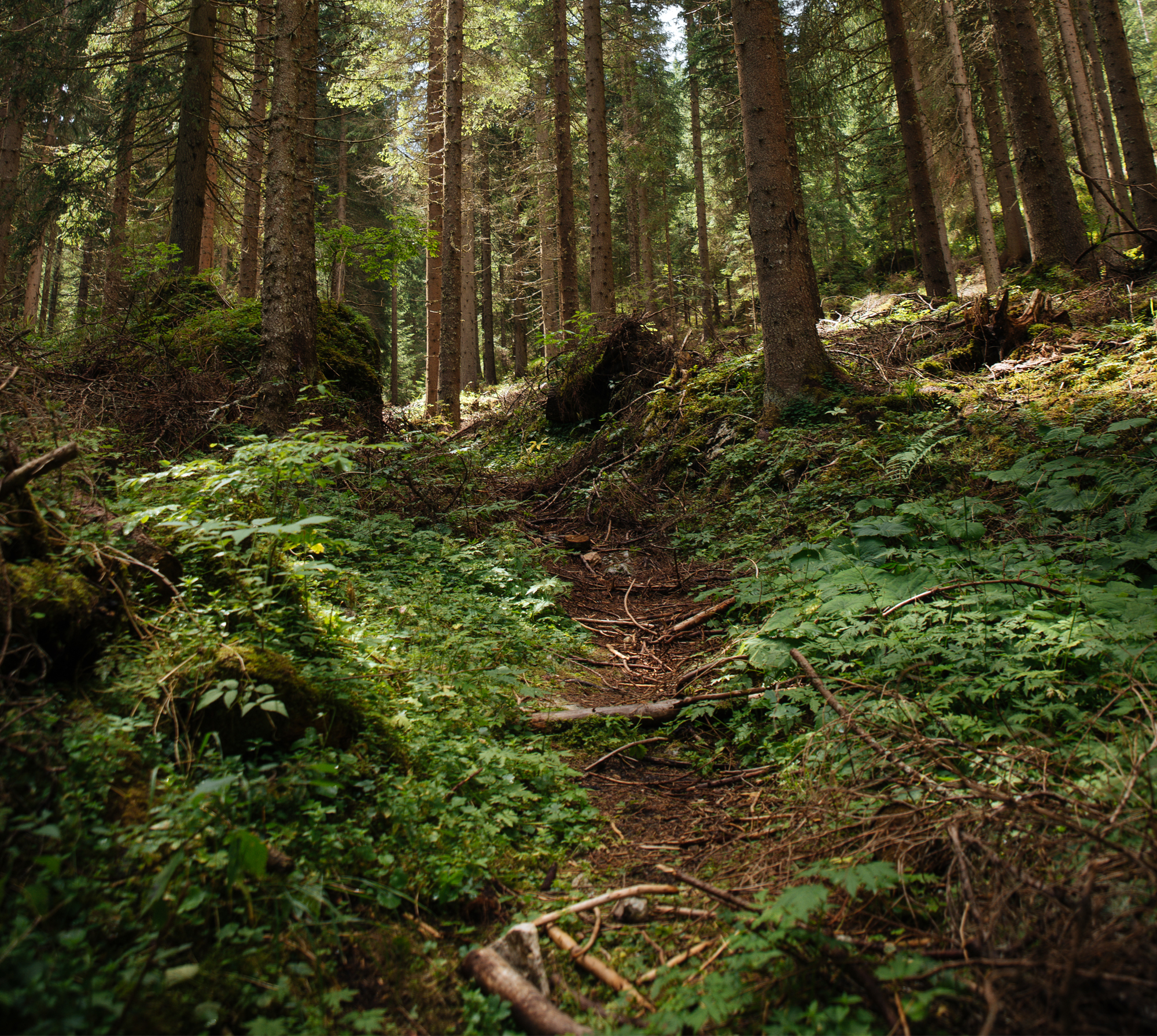
Południkowa zmienność warunków radiacyjnych w obrębie gniazd na terenie Polski – wyniki modelowania
Latitudinal variability of the radiation microclimate in artificial forest gaps in Poland – the modelling perspective
Autorzy
-
Leszek Bolibok
Szkoła Główna Gospodarstwa Wiejskiego w Warszawie, Wydział Leśny, Katedra Hodowli Lasu
ul. Nowoursynowska 159/34
02-776 Warszawa
Tel. +48 22 5938106, e-mail: leszek_bolibok@sggw.pl - Michał Brach Szkoła Główna Gospodarstwa Wiejskiego w Warszawie, Katedra Urządzania Lasu, Geomatyki i Ekonomiki Leśnictwa, ul. Nowoursynowska 159, 02–776 Warszawa, Polska
-
Stanisław Drozdowski
Szkoła Główna Gospodarstwa Wiejskiego, Wydział Leśny, Katedra Hodowli Lasu
ul. Nowoursynowska 166
02-787 Warszawa -
Henryk Szeligowski
Szkoła Główna Gospodarstwa Wiejskiego, Wydział Leśny, Katedra Hodowli Lasu
ul. Nowoursynowska 166
02-787 Warszawa
Abstrakt
The aim of the study was to characterize latitudinal changes in the radiative microclimate of small forest openings (artificial gaps) under Polish conditions. The global, direct and diffuse radiation on the forest floor in gaps was modelled using the Solar Radiation tool in ArcGiS 10.2 Esri. The gaps were modelled as holes of elliptical shape (60m x 40m diameters) in flat terrain and with a depth of 20 to 30 meters to mimic the height of a surrounding tree stand. The range of global radiation diversity on an open and flat surface predicted by our model was comparable with findings of empirical studies. Theoretically, the investigated gaps in the northern-most part of Poland receive only 82% of global solar radiation, 74% direct and 90% of diffuse radiation compared to gaps in the most southern part of the country. The comparison with empirical data indicates that local values of the transmittance parameter of the atmosphere may have a large influence on the actual values of solar radiation and may partially mask the latitudinal impact. Nevertheless, the model constitutes a valuable tool for characterizing solar radiation diversity in a gap and supports silvicultural decision-making.
Słowa kluczowe
| DOI | DOI: 10.1515/frp-2016-0001 |
|---|---|
| Source | Leśne Prace Badawcze, 2016, 77 (1): 5–13 |
| Print ISSN | 1732-9442 |
| Online ISSN |
2082-8926 |
| Type of article |
Original article |
| Original title |
Południkowa zmienność warunków radiacyjnych w obrębie gniazd na terenie Polski – wyniki modelowania |
| Publisher | Instytut Badawczy Leśnictwa, Sękocin Stary, Poland |
| Date | 2016, March |
- Bolibok L., Brach M., Drozdowski S., Szeligowski H. Południkowa zmienność warunków radiacyjnych w obrębie gniazd na terenie Polski – wyniki modelowania
- Woreta D., Lipiński S., Wolski R. Wpływ pokarmu na imagines chrabąszczy Melolontha melolontha i M. hippocastani
- Klisz M., Jastrzębowski S., Ukalska J., Przybylski P., Matras J., Mionskowski M. Podatność populacji jodły pospolitej na uszkodzenia od przymrozków późnych
- Głowacki D., Sławska M., Sławski M. Dynamika dębu czerwonego (Quercus rubra L.) w lasach gospodarczych centralnej Polski na przykładzie Nadleśnictwa Grotniki
- Krauze-Gryz D., Mazur K., Gryz J. Zagęszczenie wiewiórki pospolitej na terenie Arboretum w Rogowie i wykorzystanie przez nią obcych gatunków drzew
- Gałęzia T. Uwarunkowania ekonomiczne utylizacji pozostałości zrębowych
- Aniszewska M. Zmiana masy i temperatury powierzchni szyszek sosny zwyczajnej (Pinus sylvestris L.) pod wpływem promieniowania mikrofalowego
- Zarek M. Preliminary studies on the molecular identification of sex in Taxus baccata L.

